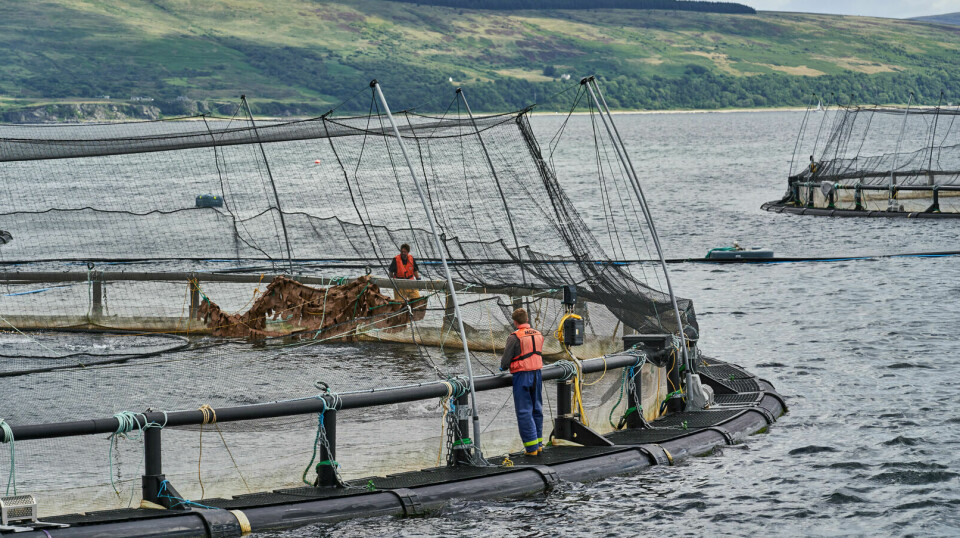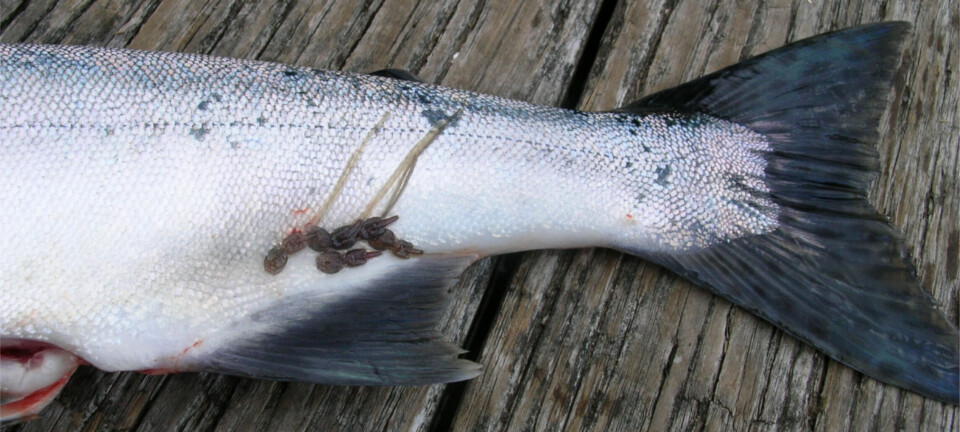
Rule changes will strengthen wild salmon protection, says ASC
Certification body rebuts claim by anglers that increased lice limit undermines scheme’s integrity
Farmed fish certification body the Aquaculture Stewardship Council (ASC) has said new rules that come into force next week will deliver improved practice enabling protection of wild salmonids, despite increasing the lice limit for farmed salmon.
And it has rebutted a claim by anglers’ organisation Fisheries Management Scotland (FMS), which represents district salmon fishery boards and fisheries trusts, that the increased lice limit fundamentally undermines the integrity of the ASC scheme.
The ASC’s press and PR manager, Sophia Balod, said an FMS statement that ASC certification was not a credible form of protecting wild fish was “a misinterpretation of the new ASC Salmon Standard v1.4 requirements and is therefore misleading”.
The revised ASC Salmon Standard, effective from 1 February, replaces
a global lice limit of 0.1 mature female sea lice per farmed salmon with different
limits for different regions, and in Scotland’s case raises the limit to 0.5, the
same limit as in the Scottish salmon industry’s Code of Good Practice.
Balod said emphasis of the 0.1 limit in the previous version of the Standard meant that various equally important measures were either omitted or worked counter-effectively.
Other factors
“This revised Standard has addressed all these concerns, based on recommendations of the expert Technical (Working) Group,” she added.
“The previous limit of 0.1 mature female sea lice was based on Norwegian legislation in effect at the time of initial standard development and was proposed by the (industry and NGO-led) Salmon Aquaculture Dialogue as the global reference point. Interdependencies related to other factors such as geographic region, sea lice species and wild salmon species were not fully assessed at the time.
“The Technical Group has reviewed the potential of a global limit over regional limits and concluded that too many factors vary significantly to determine a credible global limit. As a result, the recommendation was given to use existing metrics as set by the regulators in the understanding that these are based on available solid regional research and data. Several regions do not have metric limits set, for these regions the ASC Standard defines the limit.
“We believe that to effectively evaluate the robustness of a standard, one must look at the combination of the various requirements on a topic rather than judging a metric in isolation. The revised ASC Salmon Standard (v1.4) significantly improves the control mechanism once the metric limit is reached or exceeded.
Far stricter timeline
“The Technical Group recommended that, given the need for proper lice control, strict measures are applied in case farms do not reduce lice levels below the threshold limit within 21 days after exceedance. This timeline is far stricter compared to the regular non-compliance timeline, and if not achieved it requires the Conformity Assessment Body to cancel the certificate. This new requirement is the most severe action the ASC can require, and as such sends a strong message to the industry to manage lice levels in a responsible manner.
We strongly believe that the combination of revised indicators will deliver improved practice enabling protection of wild salmonids
“We strongly believe that the combination of revised indicators will deliver improved practice enabling protection of wild salmonids. Furthermore, we are committed to a regular and informed threshold review process as stated in our Standard.”
It is not always possible for farmers to treat for lice quickly if their fish are facing a simultaneous challenge from another factor, such as amoebic gill disease (AGD). The ASC has allowed for this by including an option for farms to apply for an exemption in cases where a veterinarian or fish health professional exempts fish from treatment, allowing farms a period of 14 days to reduce lice levels below the threshold.
'Go beyond regulation'
FMS argues that this is one of the elements that undermines the revised Standard.
“The rationale stated behind this threshold in the revised Salmon Standard still points to the need for a ‘concerted precautionary approach’ to protect wild fish from sea lice but it is clear that this is no longer the case,” the angling body said.
It added: “Aquaculture Stewardship Council Certification was the only aquaculture certification scheme that attempted to include provisions for the protection of wild salmonids, and this is the reason that Fisheries Management Scotland saw merit in engaging with this scheme. If ASC wishes to be an industry leading certification standard, then it should be setting stringent requirements which go beyond regulation, and beyond similar certification schemes. ASC has not presented any evidence to suggest that these revised changes will deliver on either of these intentions.”
The ASC is the preferred certification body of the world’s biggest salmon farmer, Mowi. The company’s Scottish operation has been working to have its farms certified since 2019, when the ASC lifted a ban on using smolts grown in lochs. Mowi Scotland currently has 27 ASC-certified sites.
The country’s second largest salmon farmer, Scottish Sea Farms, has three ASC-certified sites.























































